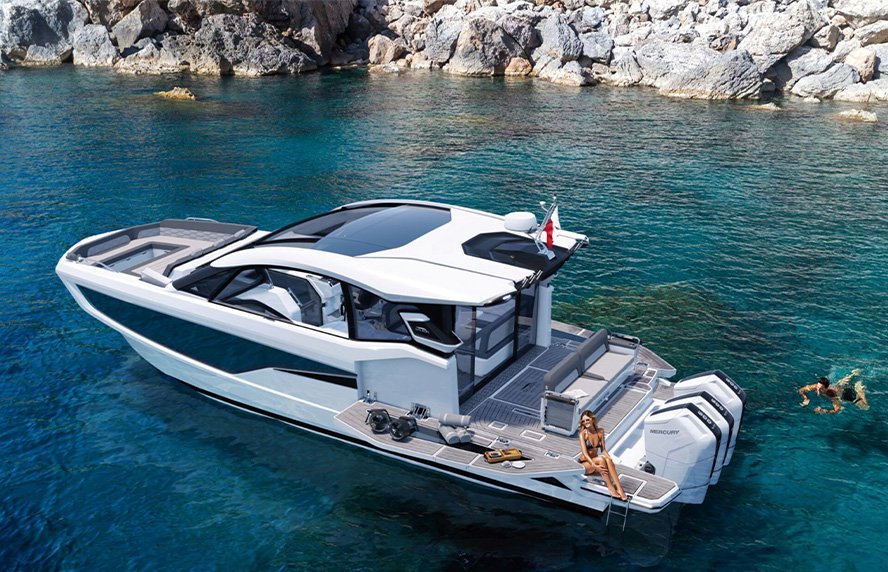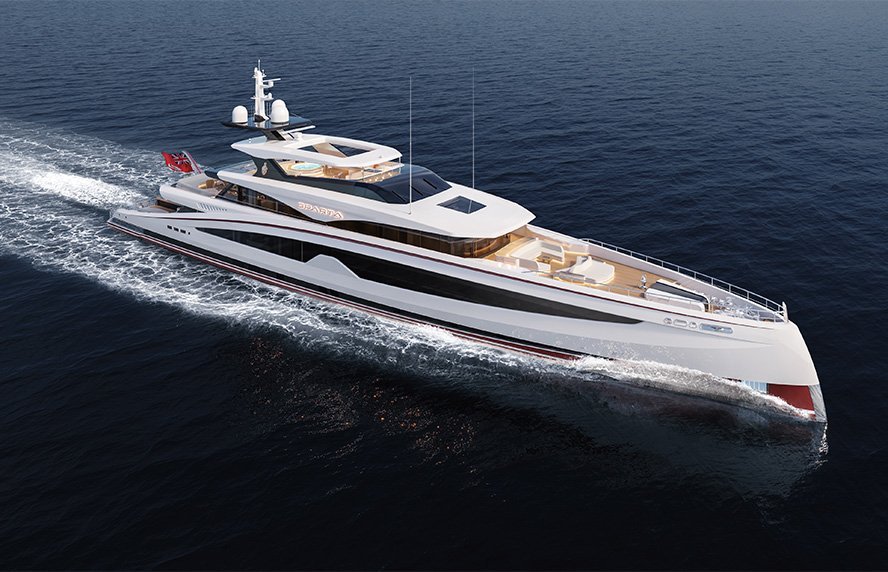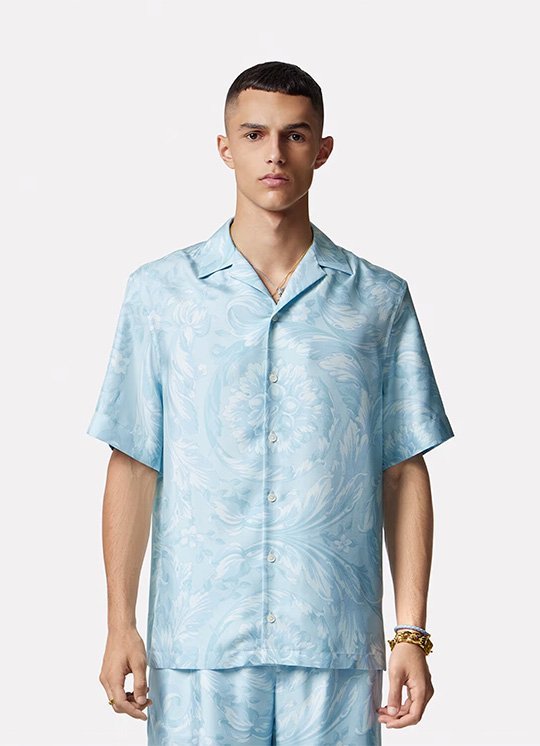
When still a child, intrigued by some objects, seeming useless to him, but at the same time full of a meaning he was unable to decipher, Filipe Paixão was already dreaming of studying art, understanding it and experimenting with it. Architecture, which is an art form, prevailed. Before Corpo Atelier, which he founded in 2014, his working life had always been linked to architecture. In an interview with TRENDS, Filipe Paixão talks about the most striking and/or challenging projects of his firm. Asked about the future, he says that they will "seek out new ways of relating architecture, art and physical experience of spaces”, which are, in fact, "the themes that until now have been fundamental”.
Do you feel fulfilled working in architecture?
It’s very rewarding, yes, but only at very specific moments. When you discover the theme of a project or that particular excitement at the beginning or completion of a work, for example. It’s worth it for the challenge, which ends up justifying all the more time consuming work that is needed to complete a building.
What led you to found your practice?
It was not overly premeditated. There was the desire, of my father, to renovate an old family home, and this project served as a pretext for reflecting on the meaning of this first intervention and on those that would be my position on architecture in general. It seemed important to me at this time, in the interests of some consistency, to organise a series of foundations that could serve as a base approach for any project, having this house as a test.
Why "Corpo” [Body]?
It had to do with the intention of understanding architecture as an anatomy formed by a particular set of fundamental and universal elements, each one fulfilling a given function. Doing a project will always be, in its most basic essence, organising these elements in a given body.
Corpo Atelier is dedicated to architecture and art. As there are many forms of art, what kind of art does it dedicate itself to?
The question of art in the practice has to do with understanding how the processes and themes associated with art can influence architectural thinking. Or in other words, about how the issues that concern a sculptor or a painter can help us to discover new aspects when thinking about the space or the design of a façade, etc. At times this forces you to experiment with doing architecture as if you were doing art, unconcerned about functional issues, and focused only on the experience.
As the firm is based in Vilamoura, do you develop the majority most of your projects in the Algarve?
Inevitably yes, for reasons of proximity. But it is not our intention to specialise in some kind of "southern” architecture. Rather, our aim is to experiment and think up clearly different circumstances and landscapes.
Is there any project that has given you particular pleasure to develop?
The "(des)Ordem Arquitectónica” project allowed us to develop the differences between architecture and art, and how we can envisage something ambiguous. We neutralised the space of a small apartment by painting it entirely in white and inside we placed three elements. Each element is actually a piece of furniture and its position helps to mark out the different areas of the apartment. Objectively this is architecture because it has a function, but if we did not know that the pieces were furniture it could be read as a sculptural piece, on display in a room. This double reading seemed very strong to us.
"The main issue for us is knowing how to reconcile clients’ expectations with the actual circumstances of the project”
What comes first: giving the customer what they ask for or making sure the project is true to your style?
The question of "style” is an inevitability. There is an identity that is ours and this fact ends up revealing itself naturally. The main issue for us is knowing how to reconcile clients’ expectations with the actual circumstances of the project. By ensuring this, the projects always become interesting.
What was the most challenging project for Corpo Atelier? And what projects do you have at the moment?
Possibly, the "Paredes dentro de Paredes dentro de Paredes” [Walls within Walls within Walls] project, given the history associated with it. A housing complex within the city walls of Faro, built after the earthquake and where Zeca Afonso lived the year he wrote Grândola Vila Morena. When we became aware of this situation we felt paralysed by the burden of responsibility. It was a major moment of reflection and production for the practice. Curiously, the project that has occupied us most recently is the conversion of a mansion in Castelo de Vide, once inhabited by a family with connections to Salazar and the Regime. We found this particularity interesting: the two most challenging projects, both in terms of scale and of urban and historical relevance, have entirely opposed associations of that pre and post Revolution period.
How do you imagine Corpo Atelier ten years from now?
I believe that the practice will seek out new ways of relating the themes that until now have been fundamental: architecture, art and the physical experience of spaces. I’m not entirely sure how this will happen, but it seems only inevitable, a feeling that has only intensified since the beginning of Corpo.













